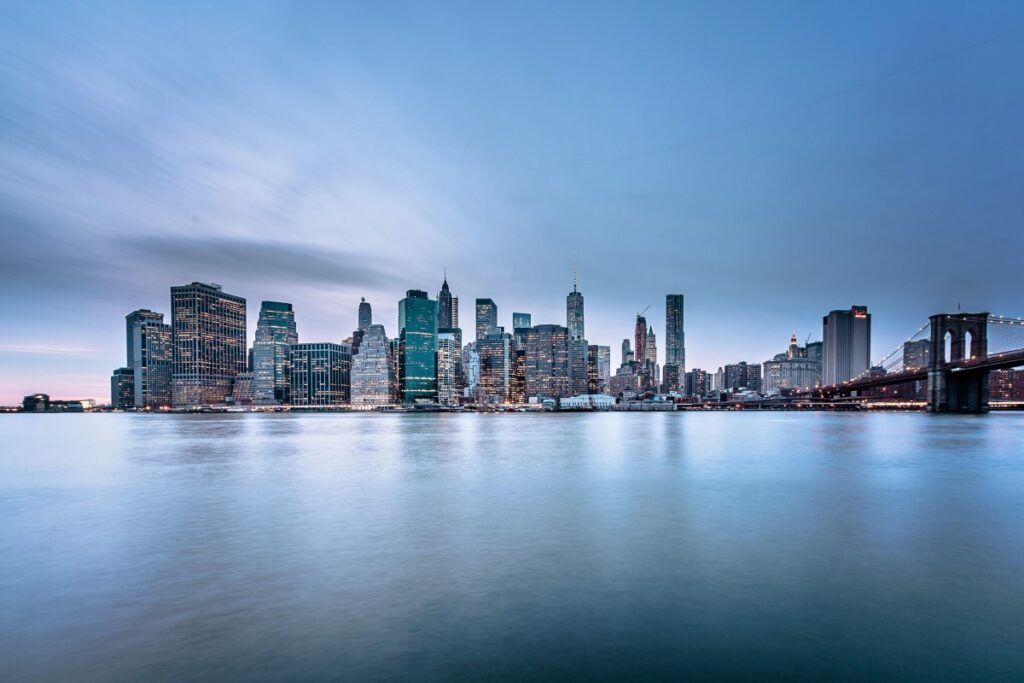Breaking into the South Korean market as a United States-based Instagram influencer ain’t just a pipe dream anymore. With K-culture booming globally and South Korea’s brands hungry for Western exposure, the collab opportunities are ripe for the taking. But to hit it right, you gotta know the local game on both sides — how influencers work in the US, how South Korean brands think, and how to bridge that gap smoothly without stepping on any legal or cultural landmines.
As of May 2025, the marketing landscape is buzzing with cross-border influencer deals, especially between the US and South Korea. Let’s unpack the real deal on how to make your Instagram brand collabs pop off internationally, keeping it 100% legit and cashflow positive.
📢 Understanding the Instagram Influencer Scene in the United States
Instagram remains the go-to platform for influencer marketing in the US, especially for niches like fashion, beauty, tech, and lifestyle. US influencers typically monetize via sponsored posts, affiliate links, and product drops. Payment usually flows in USD via trustworthy platforms like PayPal, Venmo, or direct bank transfers — keeping things clean and transparent.
US influencers are savvy about contracts, brand guidelines, FTC disclosure rules, and content rights. Any collab with a South Korean brand means these basics must be locked down first: clear scope, deliverables, timelines, and payment terms. For example, mega influencers like @JennIm or micro-influencers specializing in Korean beauty products often work with brands like Amorepacific or Laneige by following tight legal and content rules that protect both parties.
💡 How to Approach Brand Collaboration with South Korean Companies
South Korean brands are laser-focused on authenticity and local trends. Unlike some Western brands that might chase volume, Korean companies prize quality and cultural fit. To catch their eye, US influencers should:
- Do your homework: Know the brand’s product lineup and recent campaigns. Brands like StyleNanda or Etude House expect influencers to be genuinely interested, not just throwing cash at them.
- Speak their language — culturally: Even if content is in English, showing respect for Korean trends or referencing viral K-content can score brownie points.
- Pitch professionally: Use emails or LinkedIn (Korean brands appreciate formal communication). Include past collab stats, audience demographics, and a clear proposal.
- Be flexible with content types: South Korean brands often want short-form videos, reels, or story takeovers rather than static posts.
📊 Payment and Legal Nuances in Cross-Border Deals
One thing US influencers dread is payment delays or tax headaches. South Korean brands typically pay in KRW, but most US influencers prefer USD. BaoLiba and similar platforms help bridge this by offering escrow services and currency conversion with minimal fees.
Legally, influencers must be aware of both US and South Korean advertising laws. In the US, the FTC demands clear disclosures like #ad or #sponsored. South Korea has its own rules under the Fair Labeling and Advertising Act, emphasizing transparency. Ignoring these can tank your rep or worse, invite fines.
Also, contracts should specify intellectual property rights. Many South Korean brands want usage rights beyond Instagram (like on their website or ads), so negotiate accordingly.
💡 Real-World Example: US Influencers Working with Korean Brands
Take the case of US influencer @ChriselleLim, who successfully partnered with South Korean skincare giant Dr. Jart+. Chriselle tailored her content to highlight product benefits, incorporated Korean skincare steps, and disclosed sponsorships clearly. Payment was handled via bank transfer in USD, with BaoLiba acting as the middleman to ease currency exchange and legal vetting.
Another example is micro-influencer @KBeautyNate, who collaborates with smaller Korean indie brands. Nate uses his US audience insights to help brands tweak messaging for the American market, creating win-win collabs.
❗ Risks and How to Dodge Them
- Cultural missteps: Avoid stereotypes or shallow references to Korean culture. Deep dive into trends, and if unsure, consult Korean-speaking experts.
- Payment scams: Always work via reputable platforms or contracts. No upfront work without a signed deal.
- Legal non-compliance: Don’t skip FTC disclosures or Korean advertising laws. Your reputation is your cash cow.
### People Also Ask
How can US Instagram influencers find South Korean brands to collaborate with?
Start by exploring Korean brand websites, official Instagram pages, or platforms like BaoLiba that specialize in cross-border influencer marketing. Networking on LinkedIn or attending virtual K-beauty expos can also open doors.
What payment methods are best for US influencers working with South Korean brands?
PayPal and direct bank wire transfers are the safest. Services like Wise or BaoLiba’s escrow system help with currency conversion and reduce fees, ensuring prompt payment in USD.
Are there legal requirements for US influencers when promoting South Korean brands?
Yes. US influencers must comply with FTC guidelines for ad disclosures. Also, South Korea’s Fair Labeling and Advertising Act requires transparency — so always disclose sponsorships clearly and secure legal contracts.
Final Thoughts
Cross-border influencer marketing between the United States and South Korea is a goldmine waiting to be tapped. Nail your content, respect cultural nuances, and handle payments and legalities like a pro. The US influencer scene is well-equipped to meet South Korean brands’ growing demand for authentic, engaging collaborations.
BaoLiba will continue updating the latest US influencer marketing trends and best practices for global brand collaborations. Stay tuned and keep grinding!


